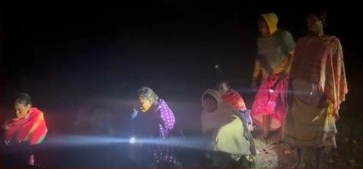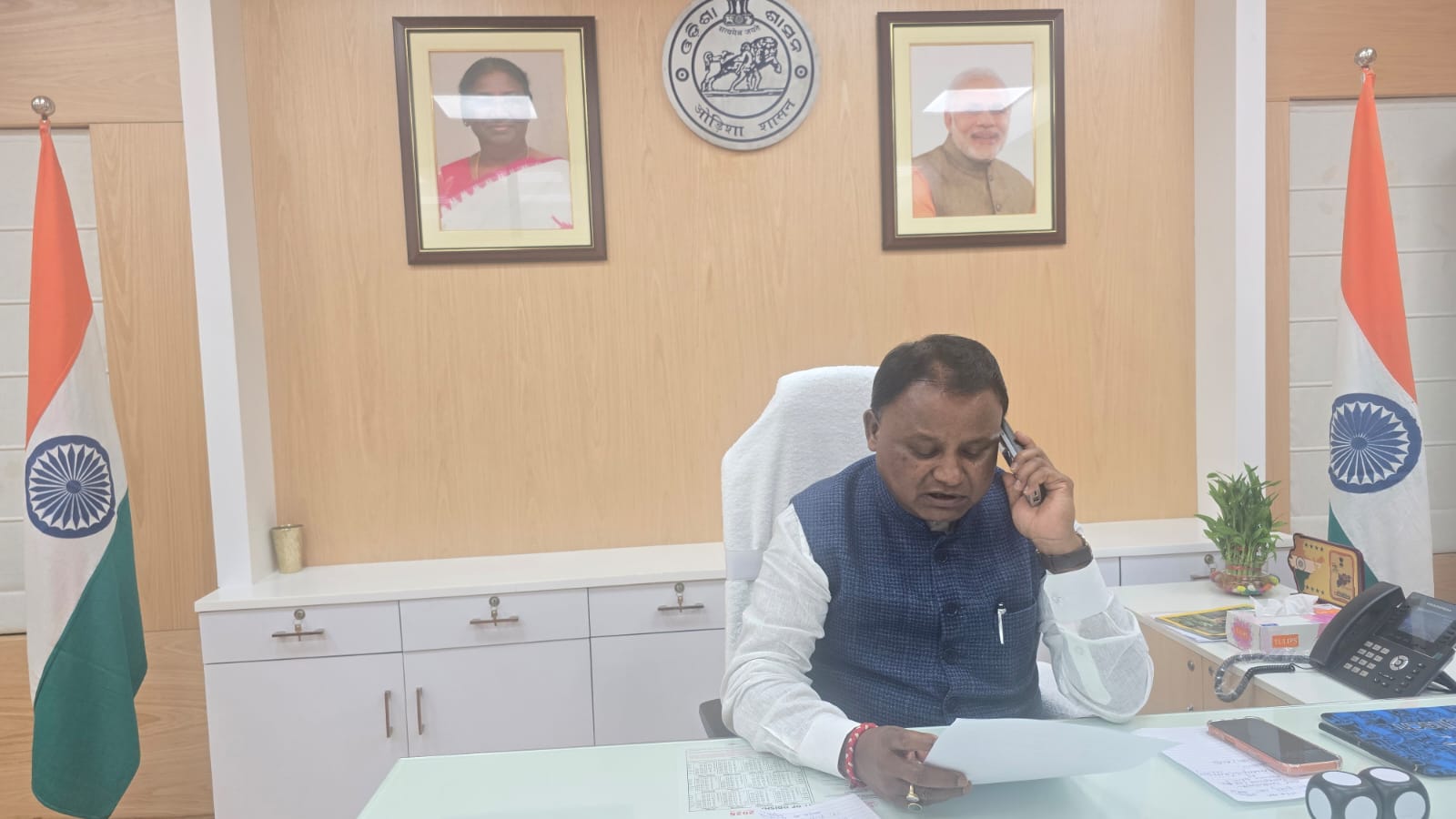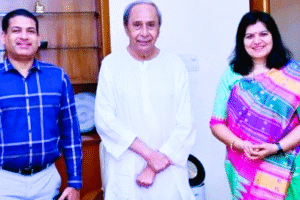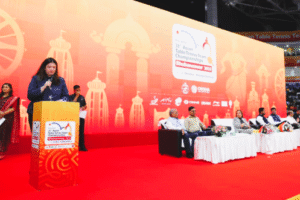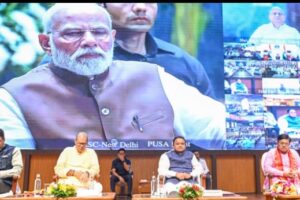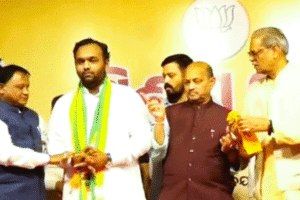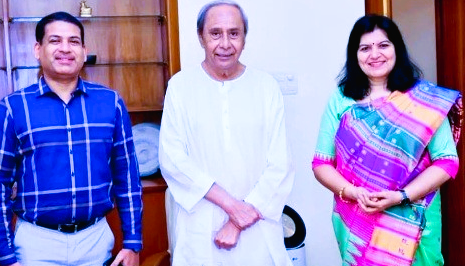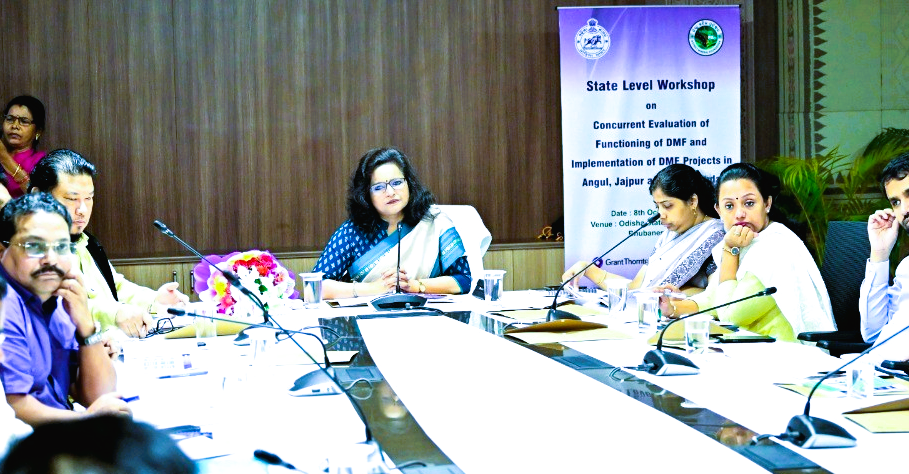
Odisha’s DMF Model Sets Gold Standard for Mining-Affected Development
In a landmark initiative to ensure equitable resource utilisation, the Government of Odisha has unveiled transformative findings from a concurrent evaluation of District Mineral Foundations (DMFs) across Angul, Jajpur, and Jharsuguda.
The state-level workshop, chaired by Development Commissioner Anu Garg, IAS, highlighted DMF’s catalytic role in driving inclusive growth in mining-impacted regions.
Conducted by third-party experts G.T. Bharat LLP, the evaluation sampled over 13,000 projects and villages, revealing significant socio-economic dividends in health, education, sanitation, drinking water, and infrastructure.
Notably, investments in piped water systems, road connectivity, healthcare facilities, and skill development programs demonstrated high cost-benefit ratios—especially in education and sanitation.
“DMF has emerged as a transformative mechanism, accelerating development and enhancing quality of life,” the report stated, positioning DMF as a model for just transitions in coal-dependent districts and scalable livelihood innovations.
The study also flagged areas for improvement, recommending five-year perspective plans, baseline surveys, robust operations and maintenance protocols, and centralised digital repositories to enhance transparency and replication.
Anu Garg emphasised the need for full saturation of benefits within 5 km of mining zones, improved data systems, and stronger public engagement.
District Collectors and ADMs echoed logistical and community engagement challenges, offering actionable insights to streamline delivery.
With proposed reforms, Odisha’s DMF model is poised to become a replicable blueprint for resource-driven, people-centric development nationwide.


